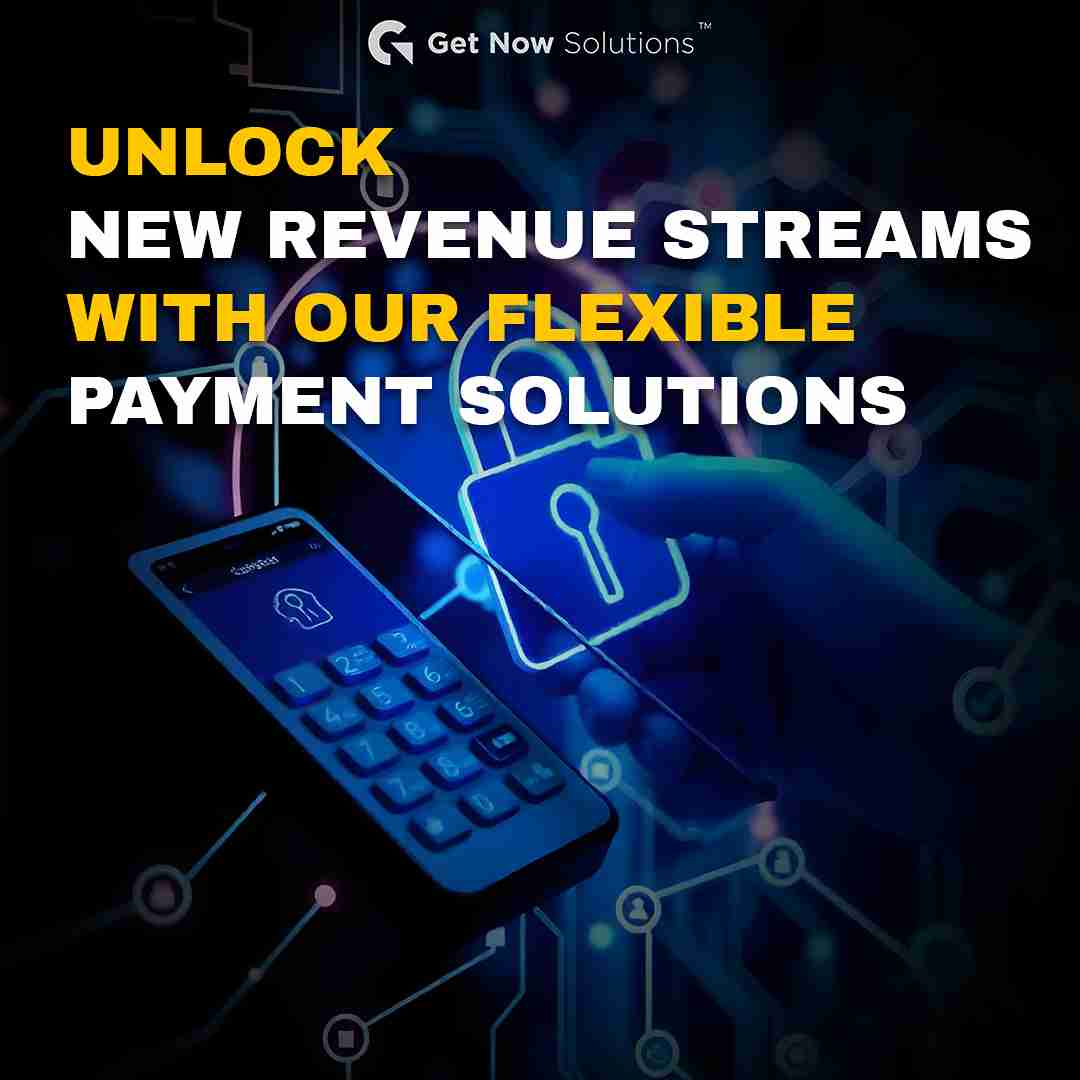
Introduction of Payment Integration
Understanding Payment Integration: Payment integration is a crucial component for any e-commerce platform, enabling businesses to process transactions seamlessly and securely. In this article, we’ll delve into what payment integration is, its significance, and provide a practical example to illustrate its application.
Understanding Payment Integration:
What is Payment Integration?
Payment integration refers to the process of connecting a business’s online or offline sales platform with payment gateways or processors to facilitate transactions. It enables customers to make payments using various methods such as credit cards, debit cards, digital wallets, and bank transfers directly through the business’s website or app.
Why is Payment Integration Important?
Payment integration streamlines the payment process, making it easier for customers to complete transactions, which can lead to higher conversion rates and improved customer satisfaction. It also enhances the security of financial transactions, protecting sensitive information from potential fraud.
Types of Payment Integration
1. Direct Integration
Direct integration involves linking your sales platform directly with a payment gateway or processor. This approach provides greater control over the payment process and user experience but may require more technical expertise and resources to implement.
2. Hosted Integration
Hosted integration involves redirecting customers to a payment gateway’s secure page to complete the transaction. This method is simpler to implement and can be a good choice for businesses with limited technical resources.
3. API Integration
API (Application Programming Interface) integration allows for a more customized payment experience by integrating payment processing directly into your website or app. This method offers flexibility but requires significant technical development.
How Payment Integration Works: An Example
Let’s explore payment integration through a practical example involving an online retail store.
Example: E-Commerce Website Payment Integration
Imagine you own an online retail store that sells various products. To accept payments online, you need to integrate a payment gateway with your website. Here’s how the process typically works:
- Choose a Payment Gateway: Select a payment gateway provider that suits your business needs. Popular options include PayPal, Stripe, and Square.
- Integrate with Your Website: Depending on your chosen method (direct, hosted, or API), you’ll either link your website to the payment gateway directly, redirect customers to the gateway’s page, or embed the payment functionality into your site.
- Customer Checkout: When a customer decides to make a purchase, they proceed to the checkout page on your website.
- Payment Processing: The customer enters their payment details (e.g., credit card information) on the payment page. For hosted integration, this might be a separate page provided by the gateway. For direct or API integration, this will be embedded within your site.
- Transaction Confirmation: The payment gateway processes the transaction and sends a confirmation back to your website. If successful, the customer receives an order confirmation, and the payment is transferred to your business account.
Benefits of Payment Integration
1. Enhanced User Experience
Seamless payment integration reduces friction in the checkout process, leading to higher customer satisfaction and fewer abandoned carts.
2. Improved Security
Integrated payment systems often come with advanced security features, including encryption and fraud detection, protecting both your business and your customers.
3. Increased Efficiency
Automation of payment processing reduces manual handling of transactions, freeing up resources and minimizing errors.
Conclusion
Payment integration is a vital element of modern e-commerce, enabling businesses to handle transactions smoothly and securely. Whether through direct, hosted, or API integration, it ensures that customers can pay conveniently and safely. By understanding the different types of payment integration and their benefits, businesses can make informed decisions that enhance their operational efficiency and customer satisfaction.












